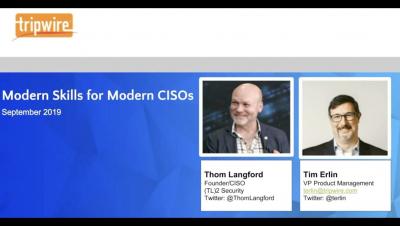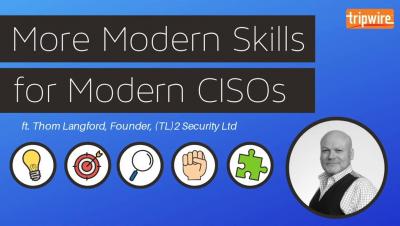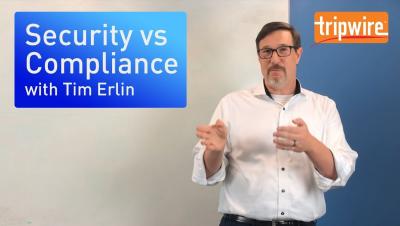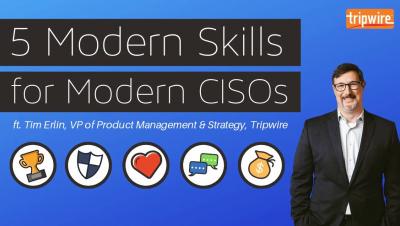DNS Rebinding: A Frightening Attack Vector with Spooky Security Impacts
One of the greatest misconceptions about online safety is that home networks are somehow private. Unfortunately, this hasn’t been true since around the turn of the century when we started filling our home networks with Internet-connected boxes serving local web pages. The problem is that web browsers typically make little distinction between web sites on the public internet versus those on a home or office network.









